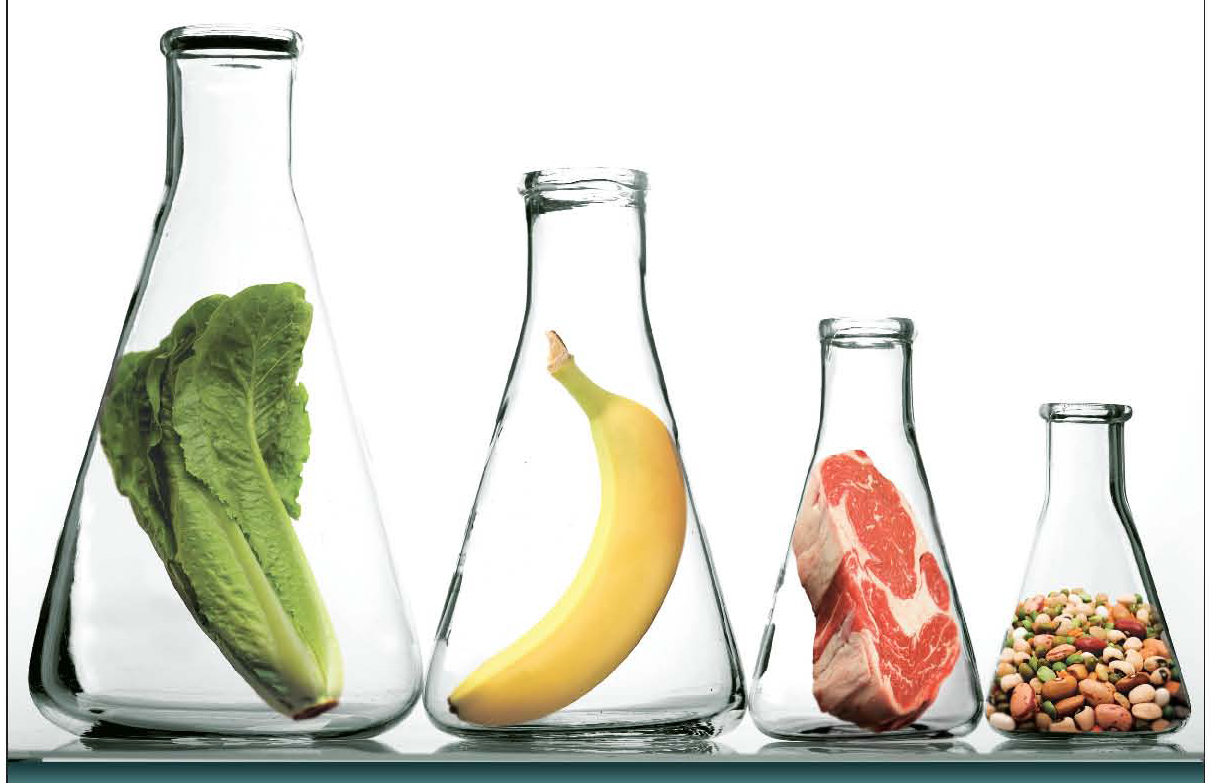Continuing our 4-part series of “Making the Most of a Whole Chicken”, we move on to part 3: Converting the remains of the chicken carcass from Chicken Noodle Soup to fresh Chicken Stock.
While the chicken noodle soup is cooking, return all of the remaining bits of chicken (bone, skin, fat, cartilage, internal organs… everything that’s left) back to the roasting pan. Add 12-16 cups of water, or as much as the pan can hold leaving an inch or more of space from the top of the pan.
Bring the pan to a low boil over medium high heat. Add 1-2 tbsp salt, plus pepper, reduce to a simmer for 1-2 hours.
After the large pot from the Chicken Noodle soup is clean, move the chicken stock base (everything in the roasting pan) to the large pot. Add another 12-16 cups of water and bring to a boil. Reduce to a simmer, cover and let the pot simmer for 8-12 hours or as long as you have time for. Allow to rest off-heat for 10-20 minutes. Gently spoon away any fats that pool on the surface and discard.
Filtering the Stock
This step is important but we’re working with whatever tools you have in your kitchen. The purpose is to remove as much of the solid bits of meat, fat and vegetables as you can.
Devices you might have that help:
- Colander
- Cheese Cloth
- Cotton towel (clean, as thin as possible)
- Flour sifter
- Dumpling strainer
Use multiple steps and work your way from larger pieces to smaller bits, using whatever tools you have. Capture as much stock as you can while removing debris with each pass.
Start with your largest available bowl or pot. Cover with cheese cloth or colander as a “receiving filter”. Gently poor stock into receiving filter, careful not to splash or lose the prize liquid you’ve been working towards. Collect as much debris as you can and discard. Continue the process until your stock remains as free of “floating bits” as you have time for.
At this point you should have a lovely batch of golden or tan chicken stock. Be sure to taste frequently and add salt – as needed – to bring out the hearty flavors. It should be delicious enough to drink in a mug, strained and filtered enough to prevent any floating bits from affecting the drinking/cooking experience.
Store in a large container and refrigerate for up to a couple of days. If you intend to keep it longer than 2-3 days, move on to the final step: Vacuum seal liquid without special equipment.
